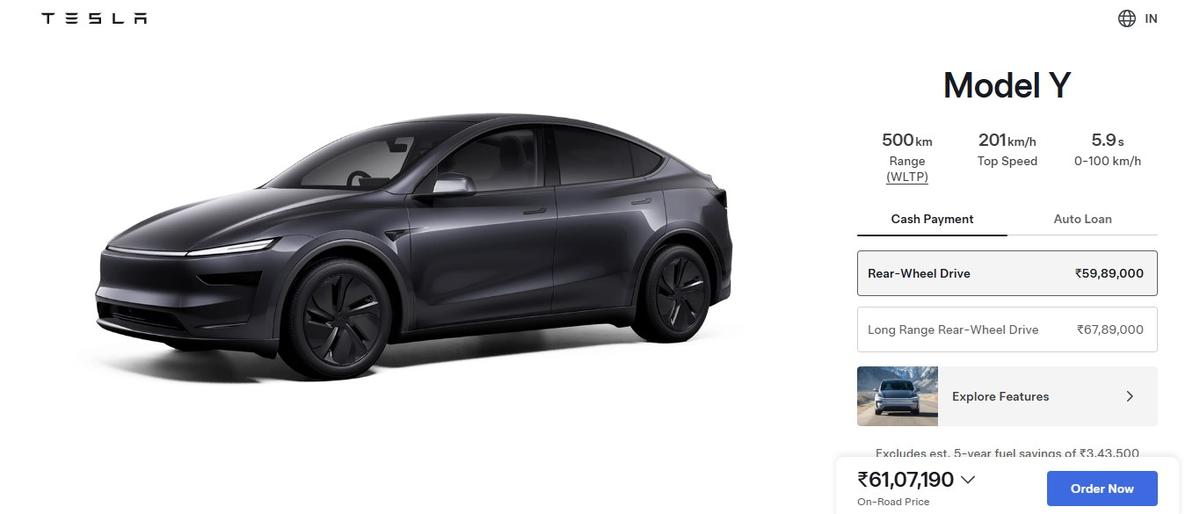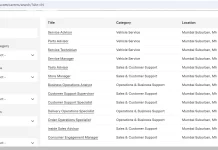Elon Musk’s claims about autopilot excellence are full of overconfidence
Since 2018, Tesla has published statistics of dangerous incidents involving its electric vehicles equipped with active driver assistance systems. The unit of measurement is quite simple – the distance covered from one incident to another. The company claims that its cars are, on average, ten times safer than most others, but it is disingenuous.

According to Electrek, Tesla’s latest Q1 safety report mentions three types of metrics: with an active Autopilot system, without it, and other functions of active driver assistance, without any driver assistance systems. If, in the first case, one incident accounted for 6.7 million kilometers traveled, then in the second case, the accident-free mileage was more than halved to 3.3 million kilometers. Finally, owners of Tesla electric vehicles without automatic assistance get into accidents once every one and a half million kilometers. Statistics from specialized agencies in the United States say that the average driver has an accident once every 774 thousand kilometers traveled.
Electrek representatives explain that Elon Musk’s claims of tenfold superiority of autopilot over a regular driver in terms of accident-free operation should be critically assessed. First, Tesla statistics take into account systems of all generations at once, and their security is the higher, the younger the corresponding hardware. Secondly, the proprietary autopilot is most often used on suburban highways with a dividing strip. The chances of getting into an accident are less, if only due to the inability to enter the oncoming lane. The main part of accidents occurs in urban areas, where Tesla’s automatics have not yet learned how to cope with all the variety of traffic situations.
Moreover, if we compare Tesla’s own statistics for the first quarter of this and last year, then the number of incidents using the autopilot even increased slightly, as did the number of incidents involving Tesla’s electric vehicles without connecting any electronic systems. On the other hand, middle-level active assistance systems have slightly improved their accident-free performance over the past year; this cannot be denied. Perhaps the negative dynamics can be explained precisely by expanding the use of Tesla’s automation in urban traffic, which is emphasized in the latest versions of the profile software.




